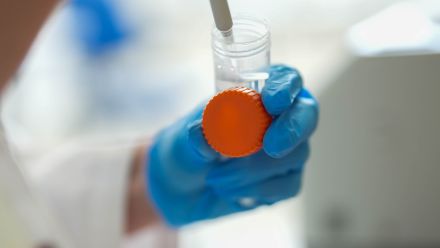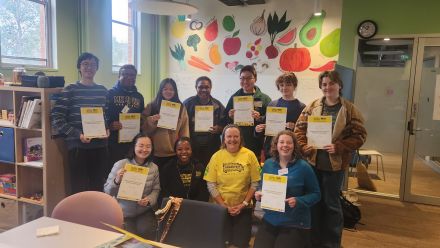‘Health for all’: A proposal to recognise breastfeeding as a carbon offset
Today, The Australian National University (ANU) joined hands with FHI 360, Alive & Thrive East Asia Pacific, along with The University of Sydney, Munster Technological University, Auckland University of Technology, and the World Health Organization, to launch a publication titled “A Proposal to Recognize Investment in Breastfeeding as a Carbon Offset.”
The report is part of a special issue of the Bulletin of the World Health Organization (WHO) and reinforces its calls for changes in how decisions on human and planetary health and well-being are made.
According to a new report led by experts from The Australian National University (ANU), country investments in breastfeeding should be considered a carbon offset in global plans for sustainable food, health and economic systems. Currently, 21.9 billion litres of human milk are annually lost because governments fail to invest in supporting breastfeeding.
“This shift should start with recognising breastfeeding as the highest-quality, local, and sustainable first-food system for generations to come, with financial resources going towards what really matters, that is, health for all,” Associate Professor Julie Smith, from ANU, said.
Meanwhile, commercial milk formula – generating a quarter of a tonne of greenhouse gas emissions to feed a baby for the first six months of life – is counted as boosting Gross Domestic Product (GDP) growth, and yet its environmental damage is unmeasured.
“One kilogram of commercial milk formula generates around 11–14 kilograms of greenhouse gas and uses more than 5000 litres of water during the product life cycle, as well as multiple other harms to planetary health,” said co-author, Dr Phillip Baker, from the University of Sydney.
ANU Associate Professor Smith, an expert who has advised on breastfeeding economics to the WHO and the US Surgeon General’s Office, said the United Nations’ Clean Development Mechanism (CDM) is a potential platform for recognising breastfeeding as a carbon offset.
“The CDM is the most important funding source for income redistribution between countries to address climate change,” she said.
“Integrating breastfeeding into this key UN carbon offset scheme benefits the populations in developing countries most burdened by the harms of the commercial milk formula industry while acknowledging the value of women’s breastfeeding efforts for mitigating greenhouse gas emissions.”
Recognising breastfeeding investments as a carbon offset in the CDM would impactfully redirect international financial resources away from expanding carbon-emitting activities.
Alive & Thrive East Asia Pacific Director and co-author, Roger Mathisen, added: “Lack of support for breastfeeding increases disease prevalence in women and children, leading to higher healthcare costs and caregiver burdens.
“Current economic metrics count these extra costs as economic growth while ignoring the multiple environmental harms linked with commercial milk formula production.”
Breastfeeding women nourish half the world’s infants and young children, yet, according to the experts, this productive and valuable work is rarely resourced in national budgets.
“Feeding and nourishing children is highly gendered work that is often ignored and under-valued by policymakers,” said Dr Baker.
“Governments need to better recognise women’s contributions to sustainable food production, including breastmilk, in international and national food balance sheets.”
Under the CDM, lower-middle-income countries could be financed by high-income countries for new policies and programs to support high breastfeeding rates, thereby generating offsets to carbon emissions. This would include new funding for skilled birth attendance and maternity care, social protections like paid maternity leave, breastfeeding-friendly environments, and suitable infrastructure investments, and ending formula marketing misinformation.
The research builds on earlier pioneering work led by several of the co-authors, including the development of the mother’s milk tool, which helps estimate the economic value generated by breastmilk production.
The report is available in the Bulletin of the World Health Organization.


